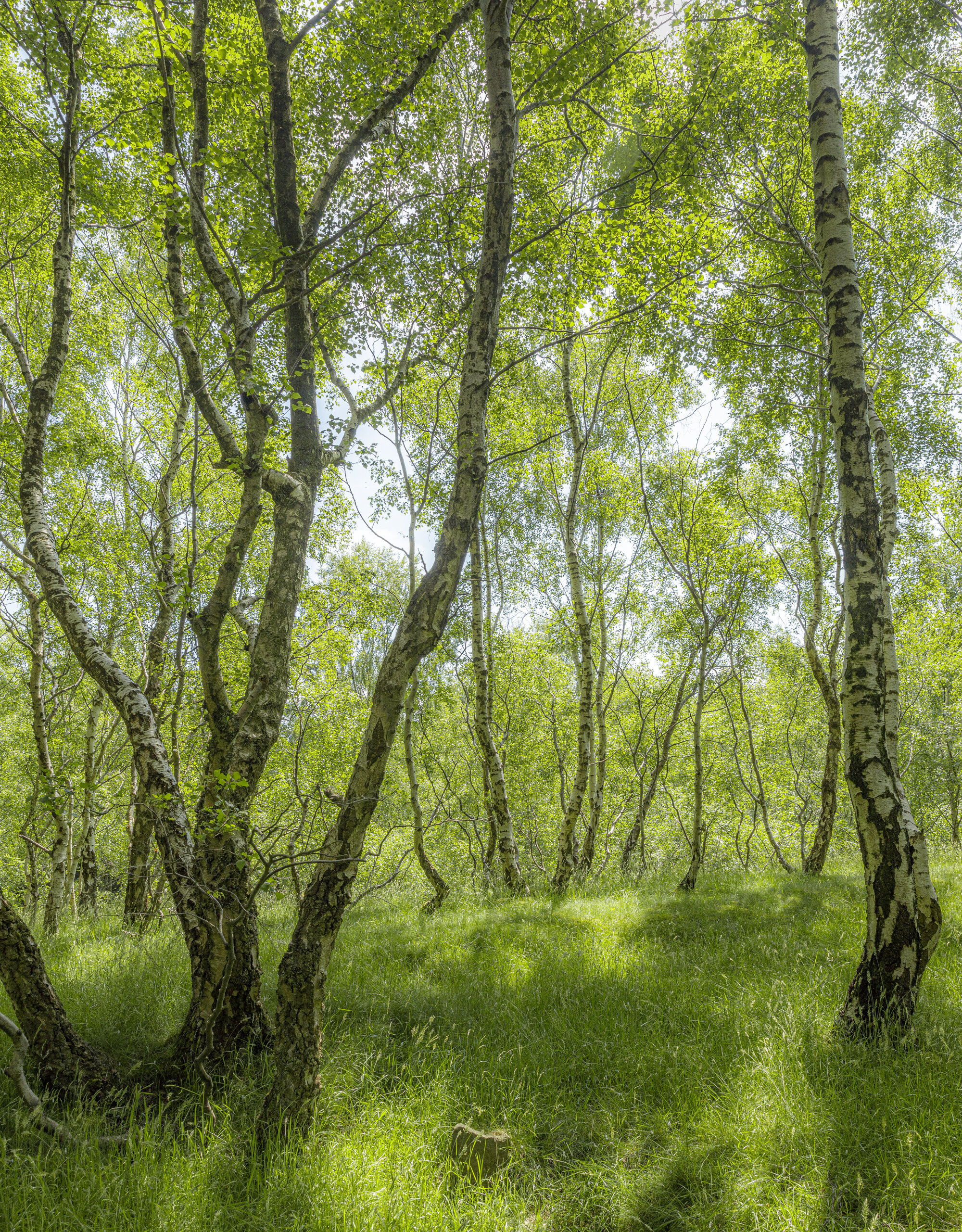Spring Green
This photograph taken in Padley Woods in the Peak District National Park made me reflect on the visual chaos landscape photographers have to resolve to create a successful photograph. Whereas painters start with a blank canvas and add the features they want us to see, as landscape photographers we start with Nature’s completed canvas and try to remove or minimise the visual impact of the ‘non-essential’ elements to make the scene work as a photograph. The process often starting before we even reach for our camera as we pre-visualise ‘frames’ around parts of the countryside, short-listing a few but rejecting most.
Malcolm Andrews in his book ‘Landscape and Western Art’ distinguishes between the generality of countryside and the specificity of a landscape. As we walk through the countryside we’re bombarded, he says, by “a repertoire of scenes (all) visually auditioning to be landscapes”. A landscape photograph only emerging therefore when we consciously decide to frame a part of that countryside.
In woodland photography particularly, every step presents us with an audition - often more than one at the same time. We quickly reject most of them but we’re constantly concentrating as we walk, scan, construct and choose the scenes to play the photographic lead roles. A leisurely walk in the woods with our brain switched off is not a path a landscape photographer can easily take but the reward comes when we find a place that is inspiring enough to trigger a photographic smile - a place to pause to reflect on the intricate beauty of colours, patterns and shapes produced by Nature’s design studio. A place to frame.
